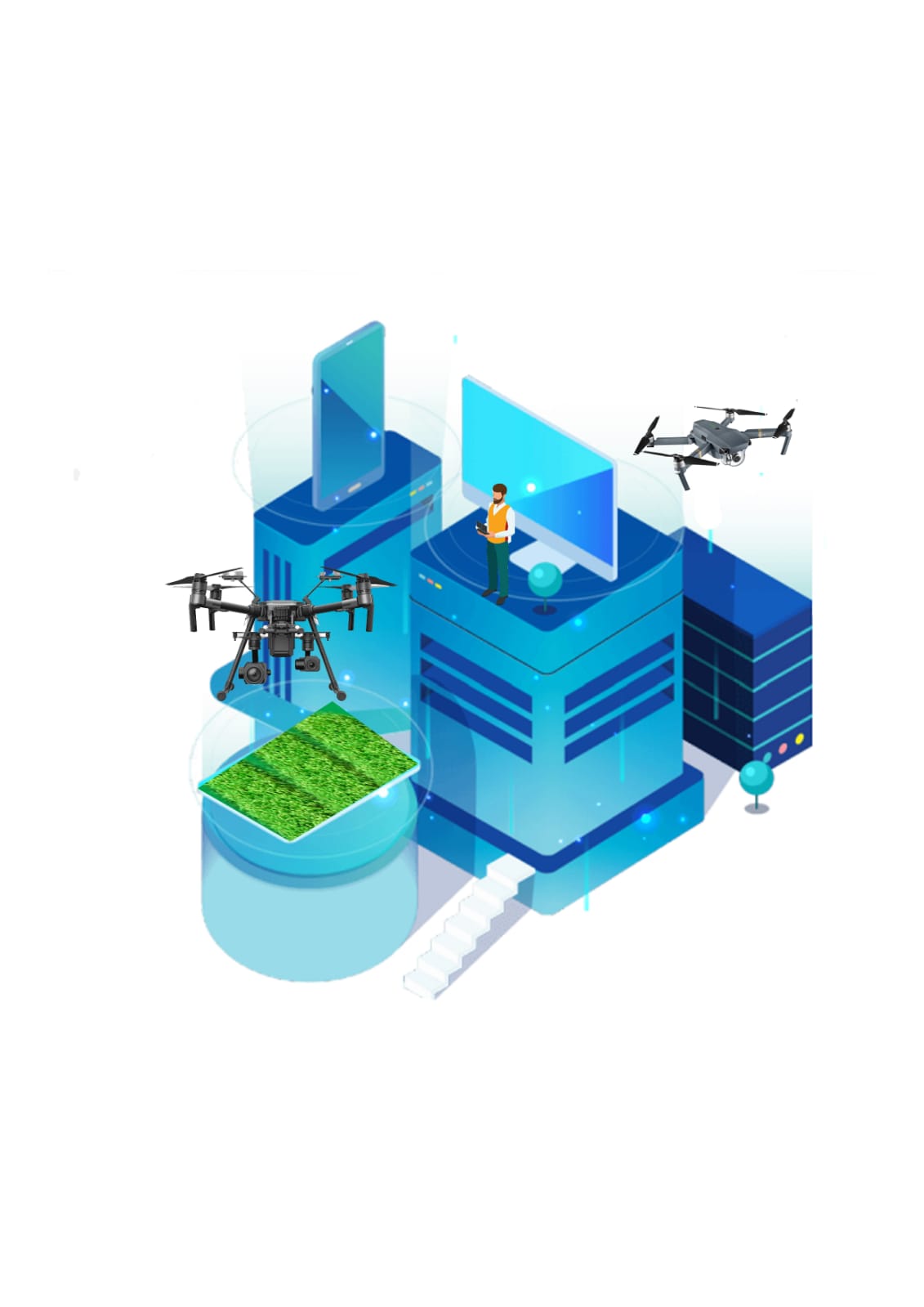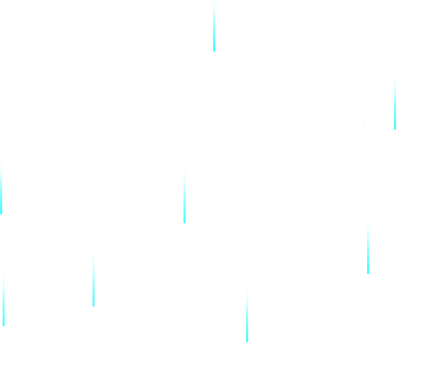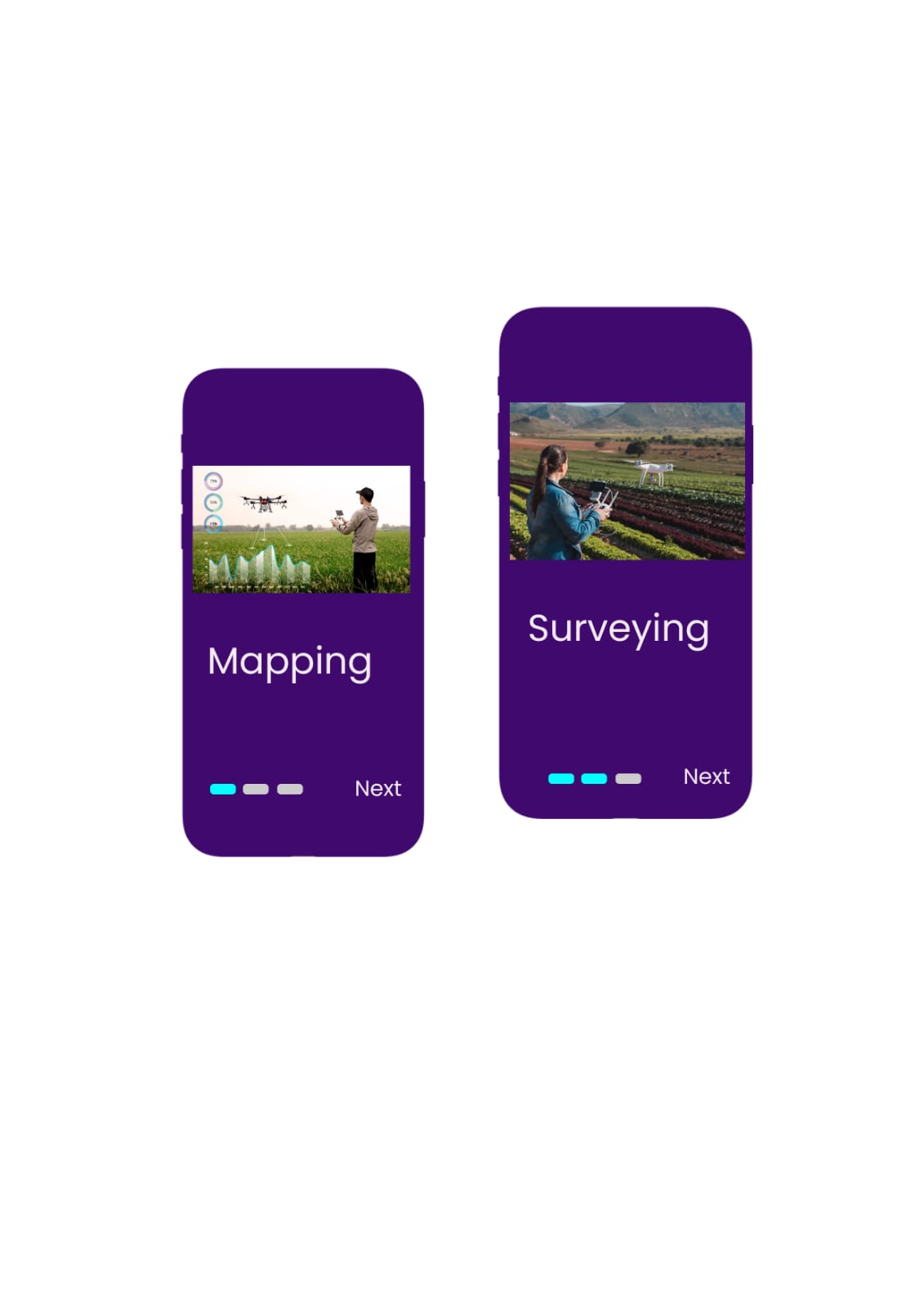




Agricultural Drones
Agricultural Drones: How Drones Are Revolutionizing Agriculture and How to Break into this Booming Market





Agricultural Drones: How Drones Are Revolutionizing Agriculture and How to Break into this Booming Market
Crop scouting is the process of precisely assessing pest pressure (typically insects) and crop performance to evaluate economic risk from pest infestations and disease, as well as to determine the potential effectiveness of pest and disease control interventions.
Integrated Weed Management coupled with the use of Unmanned Aerial Vehicles (drones), allows for Site-Specific Weed Management, which is a highly efficient methodology as well as beneficial to the environment.
The identification of weed patches in a cultivated field can be achieved by combining image acquisition by drones and further processing by machine learning techniques.
Drones using ‘regular’ cameras are also used to monitor crop health.
Satellite imaging may offer to the meter accuracy, but drone imaging is capable of producing accurate image location to the millimetre.
This means that after planting, areas with stand gaps can be spotted and replanted as needed, and disease or pest problems can be detected and treated for right away.
Drones fitted with cameras and thermal imaging capabilities can monitor livestock movement and health, perform counts and check in on land working crews.
Use of unmanned aerial vehicles (UAVs) saves time and increases property awareness.

Drone technology can help to accomplish once time-consuming and difficult tasks, all while reducing costs across the board.
You can expect the current uses of drones in agriculture to continue to evolve as the industry matures and new technology is introduced.